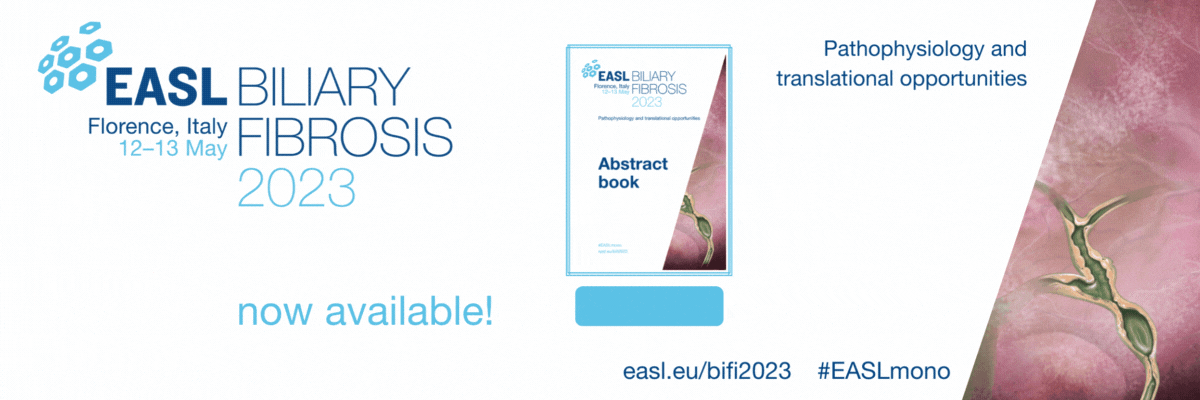About the EASL Monothematic Conference on Biliary Fibrosis
The pathophysiology of the biliary tree and its epithelium continues to attract strong interest. In fact, cholangiopathies (diseases of the biliary tree) represent an important cause of morbidity and mortality, and a relevant indication for liver transplantation in both the pediatric and adult population. All these diseases progress because of the deposition of fibrosis in the portal space, leading to the characteristic portal-portal septa and biliary cirrhosis.
The meeting provided a state of the art review of recent advances on biliary fibrosis and cholangiopathies, with particular emphasis on pathophysiology, unmet clinical question, pathophysiology, and treatment opportunities. In addition, the STC defined and reconciled current areas of controversy, delineate future avenues of research and highlight translational opportunities (novel therapies).
Who should attend?
Scientists and physicians from both the academic and industry sectors interested in biliary fibrosis.
Why should you attend this event?
- The monothematic meeting discussed the latest advances in biliary biology and pathophysiology of the biliary tree, with focus on biliary fibrosis, the main mechanisms of progression of cholangiopathies
- Learn how epithelial cells, mesenchymal cells, Immune cells and endothelial cells communicate and interact and how morphogenetic signals orchestrate this complex mechanism.
- These were also discussed in the light of the pathophysiology congenital/hereditary pediatric cholangiopathies
- Acquire a forward looking understanding of the of the relevant molecular targets and the pipeline of pharmacologic agents.
Topics to be covered
- Update on the pathobiology of biliary diseases
- Update on the mechanisms of biliary fibrosis
- Role of morphogenetic signals and cellular cross-talk
- Role of nuclear receptors and effects of their modulation
- Biomarkers of disease progression in chronic biliary diseases.
- New experimental models and novel molecular approaches to the treatment of cholangiopathies


